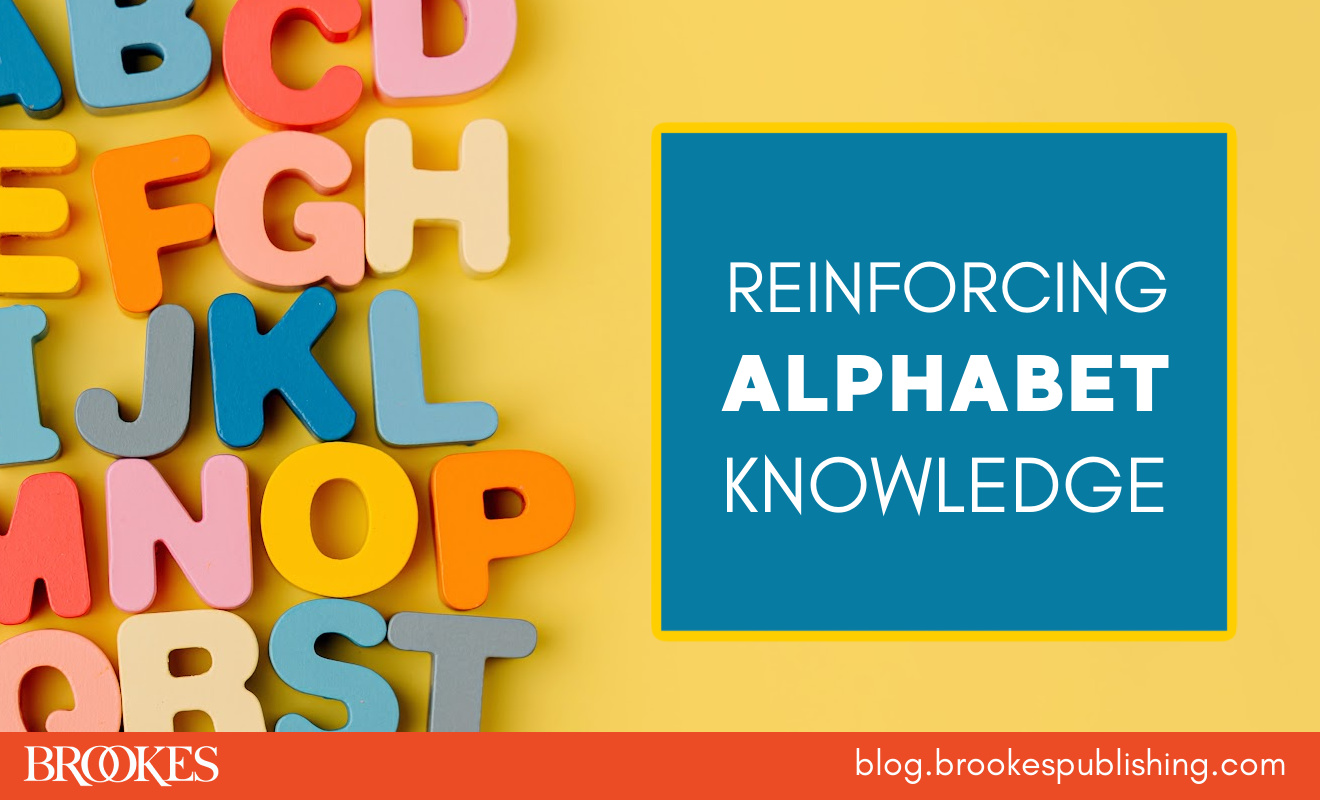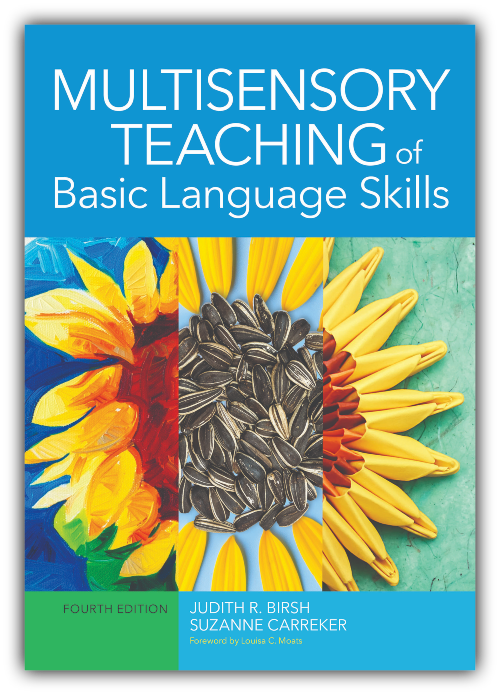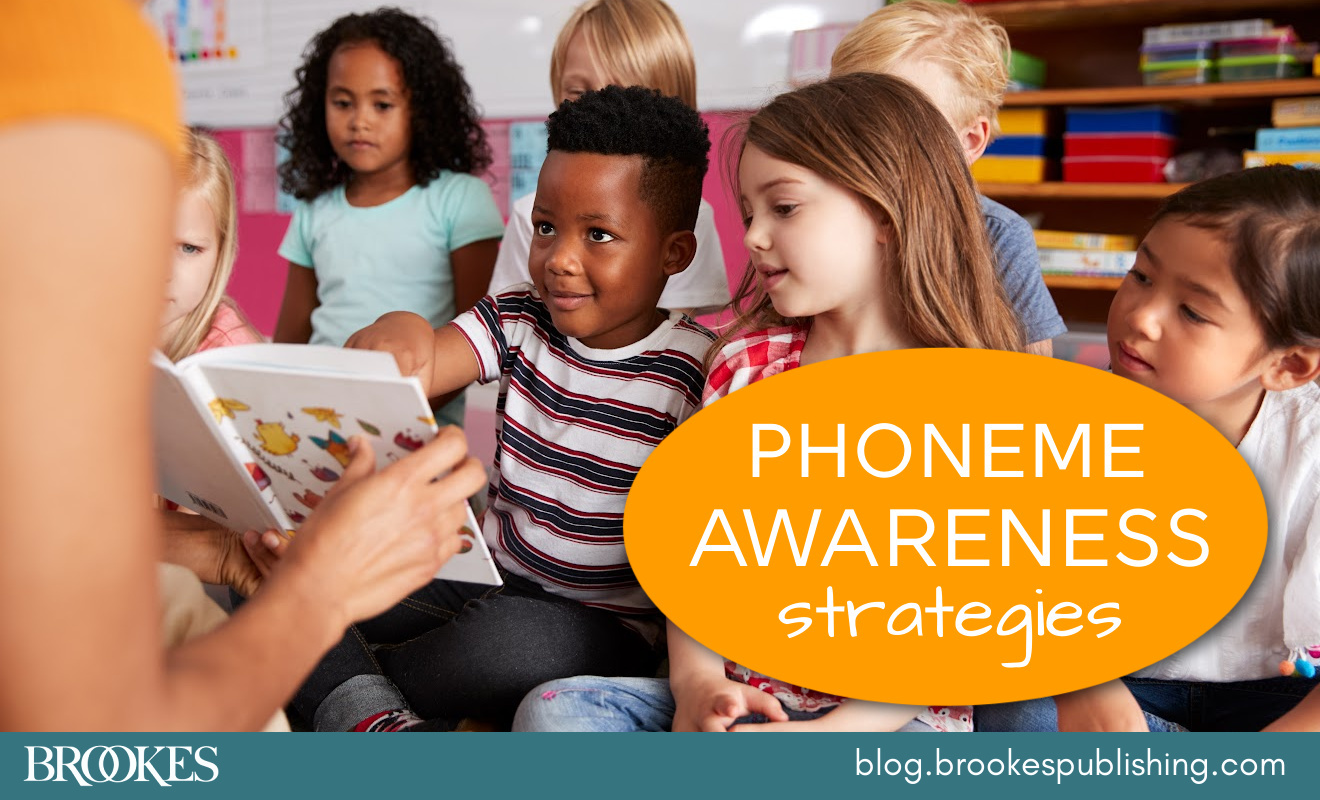6 Fun Games for Reinforcing Alphabet Knowledge
August 29, 2024
 *Today’s post has been adapted from the chapter “Alphabet Knowledge” by Kay A. Allen and Graham F. Neuhaus, in Multisensory Teaching of Basic Language Skills, Fourth Edition, edited by Judith R. Birsh & Suzanne Carreker.
*Today’s post has been adapted from the chapter “Alphabet Knowledge” by Kay A. Allen and Graham F. Neuhaus, in Multisensory Teaching of Basic Language Skills, Fourth Edition, edited by Judith R. Birsh & Suzanne Carreker.
To become successful readers, young learners must first have complete alphabet knowledge: mastering the shapes and names of all letters and the phonemes they represent. This foundation needs to be built and reinforced in the early years of school, because word knowledge depends on accurate and consistent letter knowledge.
In today’s post, we’re sharing some fun games you can use with young students to reinforce their existing foundation of letter identification, rapid naming, and sequencing skills. Rotate these activities within your weekly lesson plan to give students the practice they need for comprehensive alphabet knowledge.
Alphabet Battle
You’ll need: Individual alphabet strip and 3-D letter set for each pair of students
Start by having students form pairs. Both players simultaneously draw a letter from the set of 3-D letters without looking at the letters. Each player places their letter on the desk and says the name of the letter. The player whose letter is closer in alphabetical order to Z wins both letters. The student must say, for example, “U is after G.” The winner is the player with the most letters at the end of the game. Variation: The player whose letter is closer to A wins the letters (e.g., “J is before T”).
Alphabet Bingo
You’ll need: Individual alphabet strip (for reference) and 3-D letter set for each student; 3-D letter set for the teacher
To begin, each student selects any seven letters from their container of letters and places them on the desk in a vertical column on the before (left-hand) side. The other letters are put away. Select one letter from another container, show it to your students, and name it. Students repeat the name. If they have the letter on their desk, then they move it to the after (right-hand) side of the desk to form a second vertical column. The first person to move all seven letters to the after side of the desk is the winner. (Check for accuracy by having the winner name the seven letters.)
Guess What?
You’ll need: 3-D letter set for each pair of students
Have students form pairs. To begin, one student closes their eyes and draws a letter from a container. The student then tries to identify the letter by its shape. If successful, the student keeps the letter and their opponent takes a turn. If unsuccessful, the student returns the letter to the container and their opponent takes a turn. Play continues until all 26 letters have been named or time runs out. The student with the most letters at the end is the winner.
Don’t Say Z
You’ll need: Individual alphabet strip for each pair of students
Have students form pairs. In each pair, the two players alternate saying letters of the alphabet in sequence. Each player may choose to say two or three letters in one turn. For example, if Player 1 says “AB” and Player 2 says “CDE,” then Player 1 can say “FG” or “FGH,” and so forth. The object is to avoid being the player who says Z. Variation: The game can be changed to “Catch the Z” in which the object is to be the player who does say Z. More fun and challenge is added when an object such as a stuffed animal is tossed between teacher and student while saying two or three letter sequences. This kinesthetic reinforcement of alphabet sequence also provides a way to wake up a tired or distracted student about to begin a one-to-one remedial session.
Twenty Questions
You’ll need: A writing surface and writing utensil
Print the alphabet on the board (or on a sheet of paper, if working with one or two students). Then say, “I am thinking of a letter. I want you to try to guess the letter. You can ask me questions about the letter. I can only answer ‘yes’ or ‘no.’ See if you can guess the letter in fewer than 20 questions.” As students begin to ask questions about the letter, encourage them to think of questions that eliminate several letters at a time: “Is it a vowel?” or “Is it made of only straight lines?” Help students rephrase any questions that require more than an answer of “yes” or “no.” As students eliminate letters, cross the letters off the alphabet. Record and chart the number of questions required for students to guess the letter, so that students can compare the number of questions they ask each time the game is played.
Super Sleuth
You’ll need: One individual alphabet strip (for reference) and 3-D letter set for each pair of
Students; pencil and paper
First, the students work together in pairs to arrange the 3-D letters in an arc. Then, the first student closes their eyes while the second student removes one letter and closes the gap in the arc. The first student must discover the missing letter by sight or by looking at the arc. After the missing letter has been identified, it is replaced in the arc and the other student gets the chance to identify a missing letter. Students may keep track of correct guesses to determine the winner. The game continues until time runs out.
Try these alphabet activities in your classroom to strengthen all your students’ skills in letter recognition, letter naming, and letter sequencing. And for more guidance, see the dedicated chapter on Alphabet Knowledge in Multisensory Teaching of Basic Language Skills, Fourth Edition.




Write a Comment
Your email address will not be published. Required fields are marked *
Post a Comment